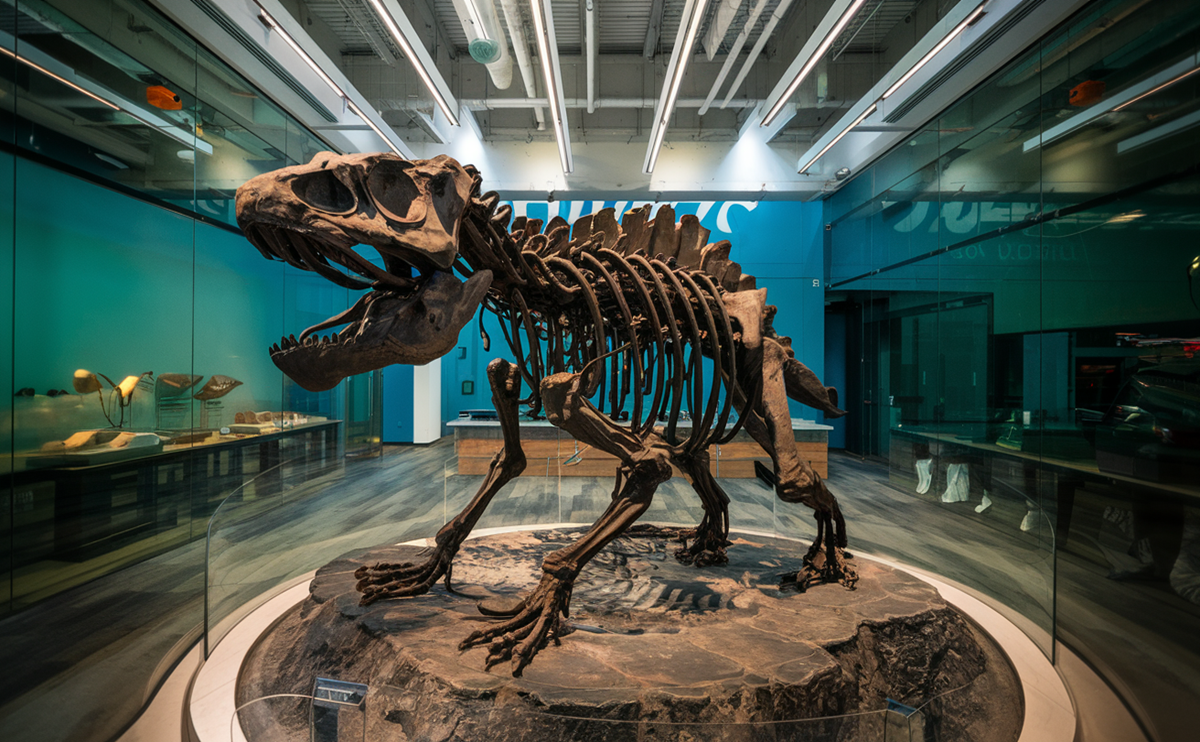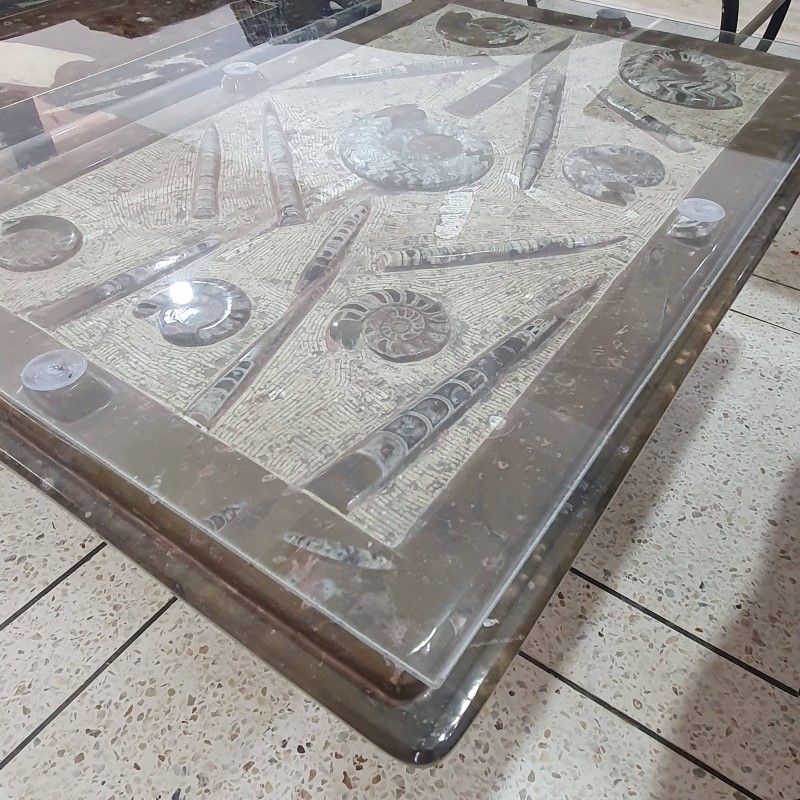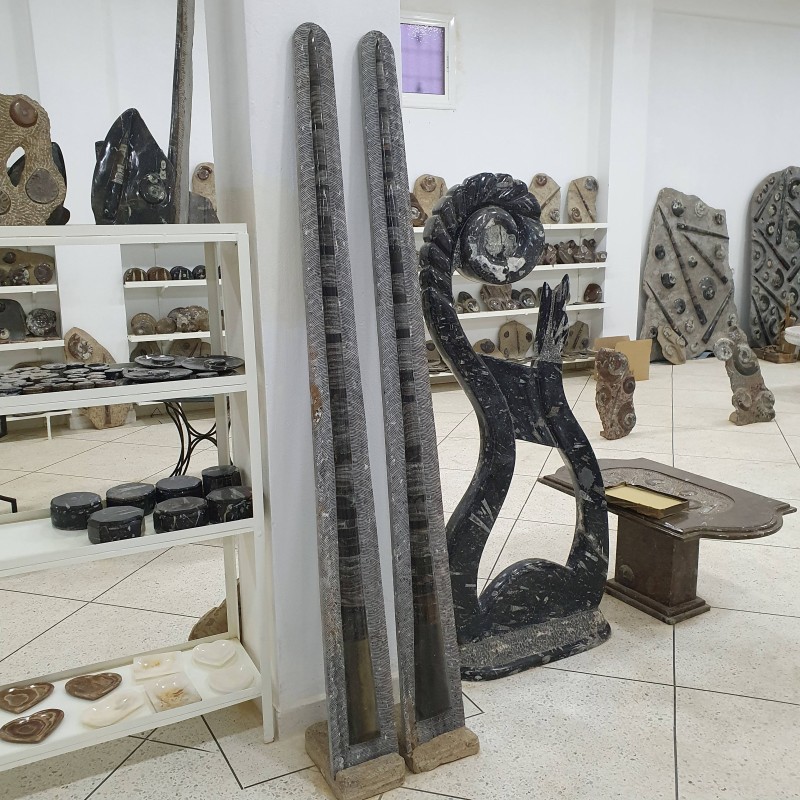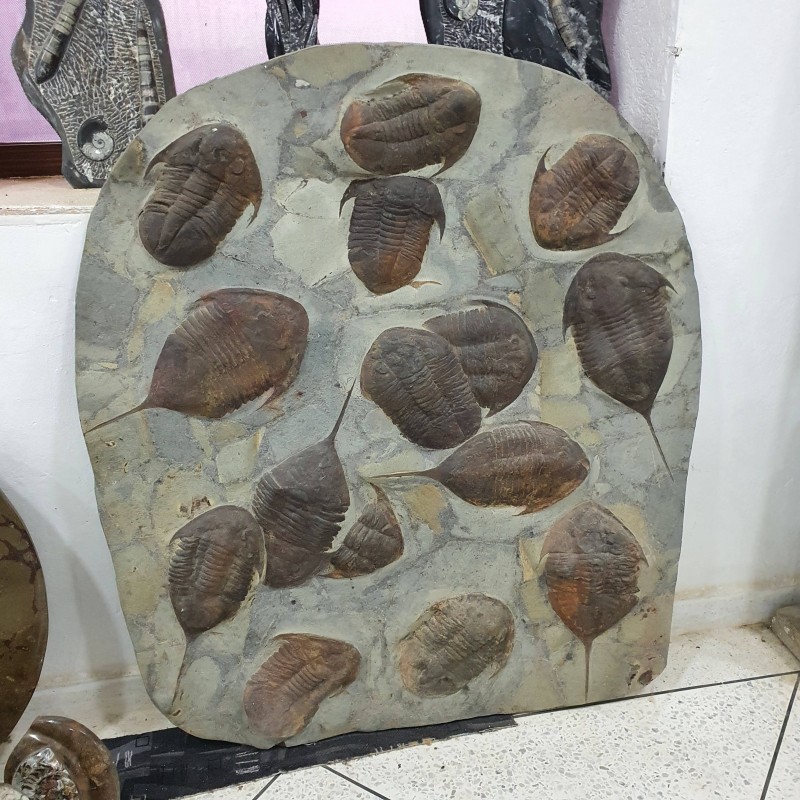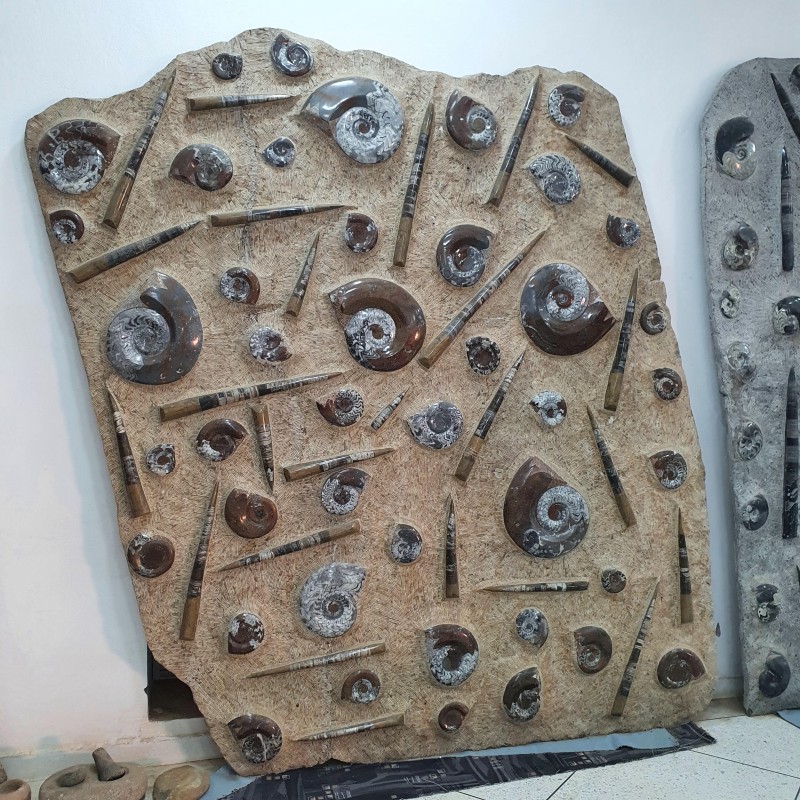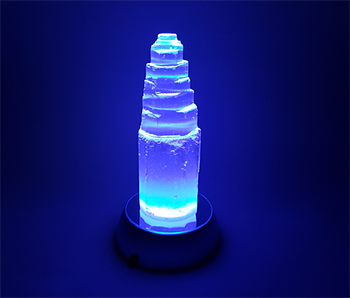Morocco’s deserts stretch far and wide, cloaked in the golden hues of shifting sands. Beneath this vast, silent landscape lies a hidden history—the remains of ancient creatures that once thrived millions of years ago. Fossils, these ancient remnants of life, have turned Morocco into one of the most significant fossil hunting destinations in the world. With each fossil unearthed, a piece of Earth’s prehistoric past is revealed, offering a glimpse into a time when our planet was a very different place.
Table of contents
Fossils: Echoes of Ancient Life
Fossils in Morocco: A Geological Wonderland
Morocco Fossil Hunting: Where Past Meets Present
The Rich Diversity of Moroccan Fossils
Why Morocco is a Fossil Hunter’s Paradise
Exploring Fossil Museums and Sites in Morocco
Bringing a Piece of Morocco’s Prehistoric World Home
Conclusion
Fossils: Echoes of Ancient Life
Fossils are more than mere stones; they are records etched in time, capturing the essence of long-gone species and ecosystems. From the skeletal remains of marine creatures to the imprints of ancient plants, fossils preserve evidence of life as it existed in the distant past. The process of fossilization—where living organisms are buried and preserved in sediment—can take millions of years. Morocco, with its unique geological conditions, has been the perfect stage for this ancient transformation.
Fossils in Morocco: A Geological Wonderland
When we talk about fossils in Morocco, we are diving into one of the richest fossil repositories on Earth. Over the centuries, countless fossils have been found across Morocco, particularly in regions like Erfoud, Ouarzazate, and the Anti-Atlas Mountains. These areas, once submerged beneath ancient seas, are home to some of the world’s most extraordinary fossil finds.
The country is well-known for its Moroccan fossils, ranging from ammonites, trilobites, and orthoceras to larger vertebrate fossils. The sheer variety and quality of the fossils found here attract collectors, paleontologists, and enthusiasts from all corners of the globe. Whether you’re a seasoned fossil hunter or a curious traveler, Morocco promises a fossil hunting adventure like no other.
Morocco Fossil Hunting: Where Past Meets Present
For those with a sense of adventure, Morocco fossil hunting is an exciting way to explore the country’s deep geological history. Several organized tours and expeditions offer visitors the chance to search for fossils in Morocco’s fossil-rich regions. The Anti-Atlas Mountains, in particular, offer a wealth of sites where fossils can be found, including ancient marine fossils that date back to the Paleozoic era.
Hunting for fossils in Morocco is more than just an outdoor activity; it’s a journey back in time. The thrill of discovering an ancient creature, perfectly preserved in rock, is a feeling like no other. Fossils found in Morocco are a testament to the country’s ancient marine environment, which existed long before the Sahara became a desert. Whether it’s the spiraling beauty of ammonites or the armor-plated forms of trilobites, these fossils capture moments in time, frozen in stone.
The Rich Diversity of Moroccan Fossils
One of the most fascinating aspects of Morocco fossils is their incredible diversity. The country’s fossil record spans several geological periods, offering a snapshot of different times in Earth’s history. The fossils found here range from simple, ancient marine organisms to more complex life forms.
- Ammonites: These spiral-shelled marine creatures once ruled the seas and are among the most popular fossils found in Morocco. They are often polished and sold as beautiful decorative pieces.
- Trilobites: Known for their distinctive three-lobed bodies, trilobites were among the earliest arthropods. Morocco is famous for its well-preserved trilobite fossils, some of which are over 500 million years old.
- Orthoceras: These ancient squid-like creatures with long, conical shells lived in the seas that once covered Morocco. Their fossils, often found in black limestone, are commonly used to create striking fossil displays.
- Dinosaur fossils: In certain regions, vertebrate fossils, including those of dinosaurs, have been uncovered, adding another dimension to Morocco’s rich fossil heritage.
Why Morocco is a Fossil Hunter’s Paradise
Fossils found in Morocco are not only abundant but also well-preserved. The geological conditions that led to their preservation, combined with Morocco’s rich and varied history, make the country a treasure trove for fossil enthusiasts. Additionally, fossil collecting has become a significant part of Morocco’s economy, with entire villages and communities participating in the fossil trade. This long-standing tradition has turned fossil hunting into an art form, with skilled artisans transforming ancient fossils into beautiful, polished objects.
Visitors can buy fossils directly from local markets or shops, where artisans polish and prepare fossils for sale. These fossils are not only scientifically valuable but also culturally significant, representing Morocco’s deep connection to its prehistoric past.
Exploring Fossil Museums and Sites in Morocco
Beyond fossil hunting, Morocco offers several museums and sites dedicated to the display and study of fossils. The Fossil Museum in Erfoud is one of the most famous, showcasing an incredible collection of fossils that highlight the country’s rich prehistoric heritage. Guided tours take visitors through the process of fossil discovery and preparation, offering a deeper understanding of how these ancient treasures are uncovered and preserved.
For the more adventurous, visiting the actual fossil beds in the desert is an unforgettable experience. Many of the most significant fossil discoveries have been made by ordinary people exploring these remote areas.
Bringing a Piece of Morocco’s Prehistoric World Home
Whether you’re fossil hunting in the rugged deserts or browsing the vibrant markets, Moroccan fossils offer a tangible connection to Earth’s ancient past. Each fossil is a window into a forgotten world, allowing us to imagine the strange and wonderful creatures that once roamed or swam across our planet.
As you explore Morocco’s rich fossil heritage, you’ll find yourself not only learning about the past but also participating in a tradition that bridges the gap between ancient history and modern life. Fossils, in their timeless beauty and scientific significance, are more than relics—they are storytellers, offering a glimpse into the incredible forces that shaped life on Earth millions of years ago.

Conclusion
For fossil enthusiasts, fossils in Morocco offer unparalleled opportunities to discover ancient life forms and understand the natural history of the region. From the fossil markets of Erfoud to the remote fossil beds of the Anti-Atlas, Morocco’s fossil heritage is a journey through time, etched in stone. Whether you’re collecting, studying, or simply admiring these natural wonders, the fossils found in Morocco are treasures that connect us to the distant past and remind us of the ever-changing story of life on Earth.
Morocco fossils are more than just pieces of ancient rock; they are the remnants of a world that has long since vanished, waiting to be uncovered by those willing to seek out the secrets of the Earth’s hidden history.

